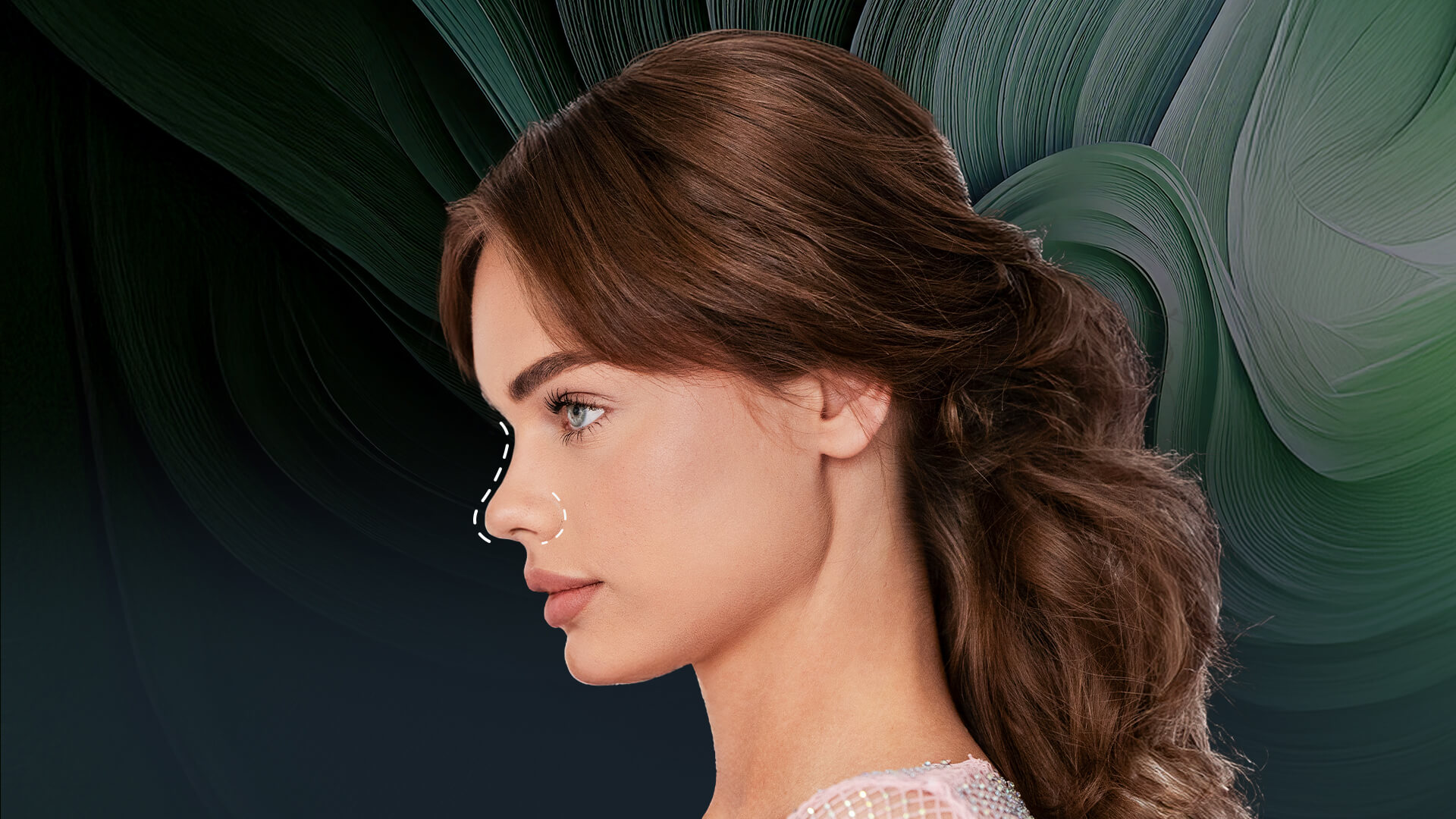
Rhinoplasty, commonly known as a “nose job,” remains one of the most popular cosmetic surgical procedures worldwide. This comprehensive guide explores everything you need to know about nose jobs in 2025, from understanding the procedure to recovery and costs.
What is a Nose Job (Rhinoplasty)?
Rhinoplasty is a surgical procedure that reshapes or reconstructs the nose, addressing both aesthetic concerns and functional issues. It’s performed to:
- Modify the size or shape of the nose
- Correct structural problems that affect breathing
- Repair deformities from injury
- Create facial harmony by balancing the nose with other facial features
Whether you’re seeking to enhance your appearance or improve your breathing function, rhinoplasty can address both concerns simultaneously.
Types of Rhinoplasty Procedures
Open vs. Closed Rhinoplasty
Closed Rhinoplasty:
- All incisions are made inside the nose
- No visible external scarring
- Better preservation of nasal structures
- Generally suitable for less complex cases
- Typically shorter surgery time
Open Rhinoplasty:
- Includes an incision between the nostrils
- Provides better visibility of nasal structures
- Allows for more precise modifications
- Preferred for complex cases
- Results in a small external scar that typically fades over time
Preservation Rhinoplasty
A more advanced technique focused on preserving the natural structural components of the nose while making desired changes. This approach aims to maintain better long-term stability and a more natural appearance.
Ethnic Rhinoplasty
Specialized rhinoplasty that respects and preserves the ethnic characteristics and identity of patients from various backgrounds:
- Caucasian nose rhinoplasty
- Middle Eastern nose rhinoplasty
- African-American nose rhinoplasty
- Asian nose rhinoplasty
- Hispanic nose rhinoplasty
Each approach considers the unique nasal structures and aesthetic goals common to different ethnic groups.
Revision Rhinoplasty
A secondary procedure performed to correct or improve results from a previous rhinoplasty. These surgeries are typically more complex and may involve:
- Cartilage grafting from the ear or rib
- Correction of breathing difficulties
- Addressing asymmetry or other aesthetic concerns
Who is an Ideal Candidate?
Good candidates for rhinoplasty generally include:
- Individuals in good overall health
- People with fully developed facial growth (typically 17+ years for females, 18+ years for males)
- Those with realistic expectations about results
- Patients seeking correction of breathing problems
- People dissatisfied with the appearance of their nose
Your surgeon will conduct a thorough evaluation to determine if you’re an appropriate candidate for the procedure.
The Rhinoplasty Process
Consultation and Planning
A successful rhinoplasty begins with comprehensive consultation:
- Facial examination and analysis
- Discussion of your goals and expectations
- Review of medical history and medications
- Exploration of technique options
- Creation of a personalized surgical plan
Modern clinics may use computer imaging to visualize potential results, though actual outcomes may vary.
Preoperative Preparation
Proper preparation helps ensure a smooth surgery and recovery:
- Stop smoking at least 2 weeks before surgery
- Avoid blood-thinning medications and supplements 1 week prior
- Discontinue alcohol consumption 1 week before
- Arrive at the hospital fasting (typically 6-8 hours)
- Remove jewelry, nail polish, and makeup
- Consider arranging for someone to help during initial recovery
The Procedure
Rhinoplasty is typically performed under general anesthesia, with local anesthesia used for minor procedures. The surgery follows these general steps:
- Anesthesia administration
- Incisions (inside the nose or including an external incision)
- Reshaping of bone and cartilage
- Correction of septal deviation or other functional issues if needed
- Placement of silicone splints (rather than traditional tampons)
- Closure of incisions
- Application of external splint or cast
Most rhinoplasty procedures take between 2-3.5 hours, depending on complexity and technique.
Recovery and Aftercare
Immediate Post-Surgery (1-7 Days)
- Hospital stay: Usually overnight, with discharge the following day
- Silicone splints: Typically removed on day 3-4
- External splint/cast: Removed after approximately one week
- Swelling and bruising: Most noticeable in the first 48-72 hours
- Pain management: Generally mild discomfort managed with prescribed medication
- Sleeping position: Head elevated with 2 pillows for the first 48 hours
- Ice packs: Applied to reduce swelling for the first 48 hours
Short-Term Recovery (1-4 Weeks)
- Return to daily activities: Typically possible after 3-4 days
- Showering: Warm showers permitted from the second day (avoiding wetting nasal plaster)
- Stitches: Removed during follow-up appointment
- Light exercise: Walking can begin from the second week
- Driving: Not recommended for the first two weeks
Long-Term Recovery (1-12 Months)
- Strenuous activities: Resume after one month
- Sun exposure: Avoid direct sun or use SPF 50+ for at least 2 months
- Glasses: Reading glasses after 2 months, sunglasses after 3 months
- Swimming and saunas: Avoid for at least one month
- Final results: While initial results are visible once swelling subsides, the nose continues to refine for up to 12 months
- Massage: Daily gentle massage (as directed by your surgeon) helps reduce swelling and shape the nose
Potential Risks and Complications
While rhinoplasty is generally safe, potential risks include:
- Infection
- Bleeding or hematoma
- Asymmetry
- Changes in skin sensation
- Difficulty breathing
- Unsatisfactory aesthetic results
- Need for revision surgery
Choosing a qualified surgeon significantly reduces these risks. Most complications can be addressed with proper follow-up care.
Combined Procedures
Rhinoplasty can be combined with other procedures to address multiple concerns:
- Septal deviation correction
- Concha reduction (for enlarged turbinates)
- Endoscopic sinus surgery
- Chin augmentation
- Eyelid surgery (blepharoplasty)
- Facial fillers
Combined procedures can provide comprehensive facial harmony with a single recovery period.
Nose Job Costs in 2025
Rhinoplasty costs vary widely based on:
- Geographic location
- Surgeon expertise
- Complexity of the procedure
- Facility fees
- Anesthesia type
Average price ranges (approximate):
- Turkey: €2,750-€4,000 ($3,000-$4,500)
- US: $5,000-$15,000
- UK: £4,000-£7,000 ($5,000-$9,000)
- Australia: AUD 8,000-15,000 ($5,500-$10,000)
Many clinics, particularly in destinations like Turkey, offer package deals that may include:
- The surgical procedure
- Hospital stay
- Post-operative care
- Sometimes accommodation (flights typically not included)
Insurance generally doesn’t cover cosmetic rhinoplasty but may cover procedures addressing functional problems.
Medical Tourism for Rhinoplasty
Turkey, particularly Istanbul, has emerged as a leading destination for rhinoplasty due to:
- Significantly lower costs compared to Western countries
- Highly skilled, board-certified surgeons
- State-of-the-art medical facilities
- Comprehensive packages for international patients
- Combined opportunity for tourism
For optimal results when considering medical tourism:
- Research surgeon credentials thoroughly
- Review before/after photos and patient testimonials
- Ensure the facility meets international standards
- Plan for at least 7-10 days stay for proper follow-up
- Consider bringing a companion for support
Selecting the Right Surgeon
The success of your rhinoplasty largely depends on your choice of surgeon. Consider:
- Board certification and specialization
- Experience specifically with rhinoplasty
- Before and after portfolio
- Patient reviews and testimonials
- Communication style and comfort level
- Facility accreditation
A thorough consultation should leave you feeling informed, comfortable, and confident in your surgeon’s abilities.
Non-Surgical Alternatives
While not providing the same dramatic results as surgery, some patients may consider:
- Liquid rhinoplasty using dermal fillers (temporary results)
- Thread lifts for minor lifting of the nasal tip
- Botox for minor refinements
These alternatives offer less downtime but provide limited correction and temporary results.

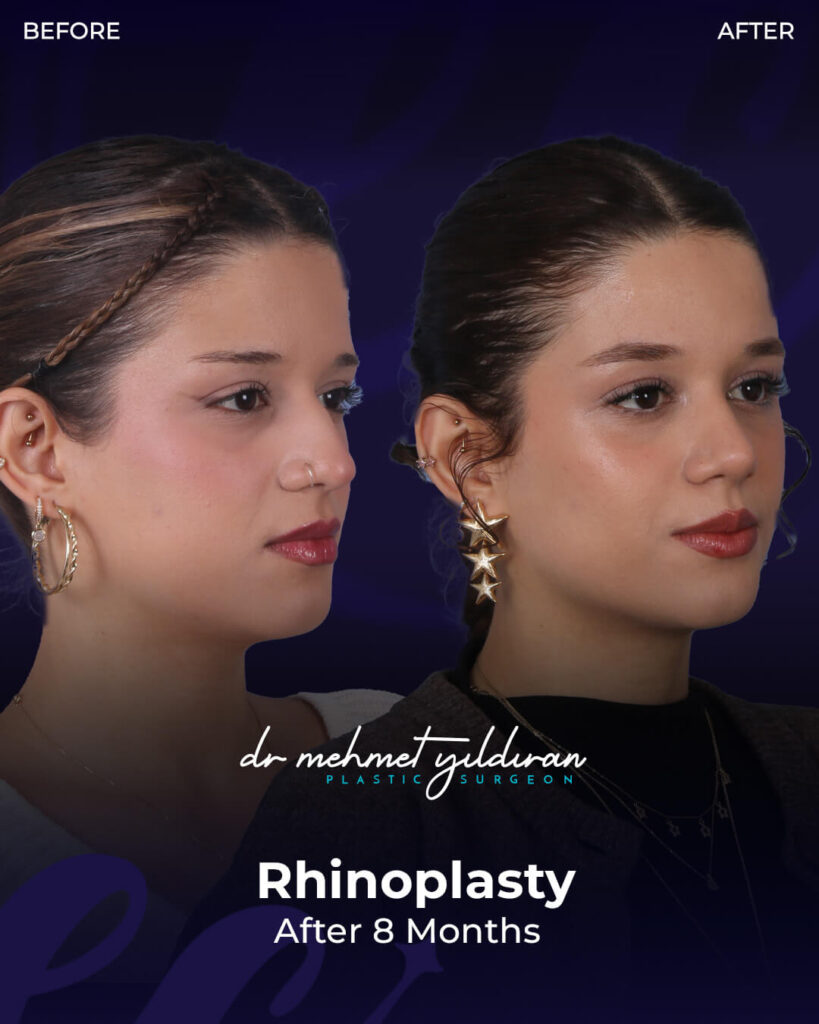

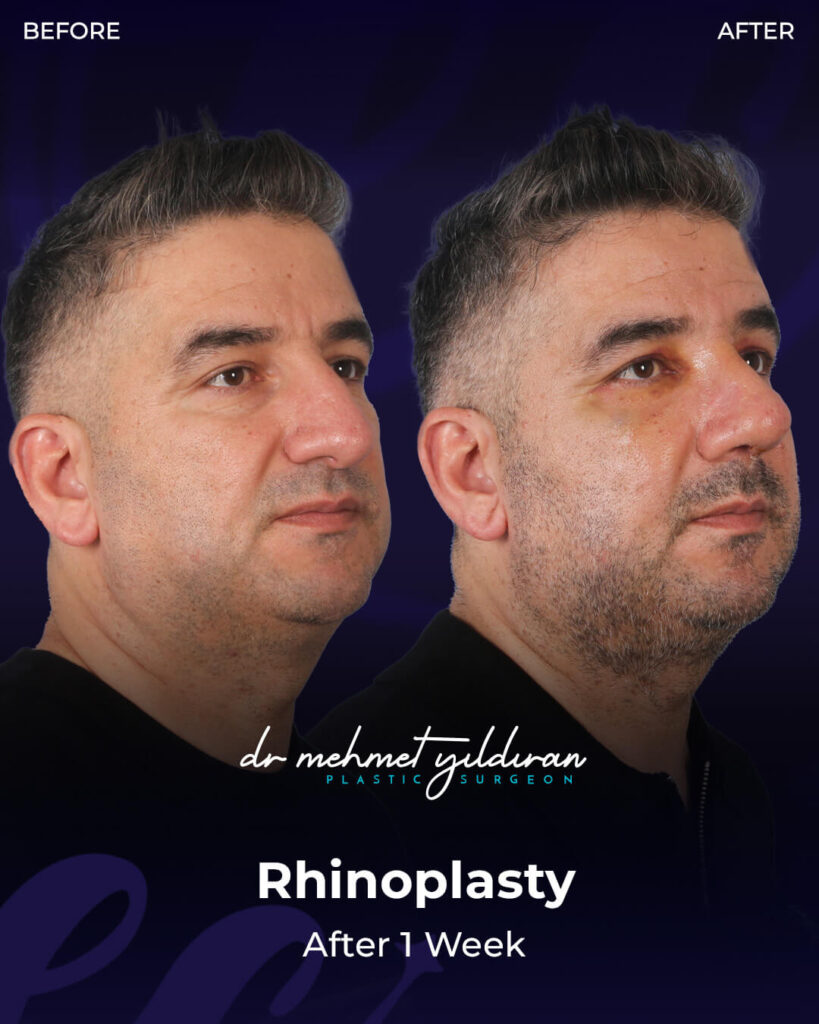

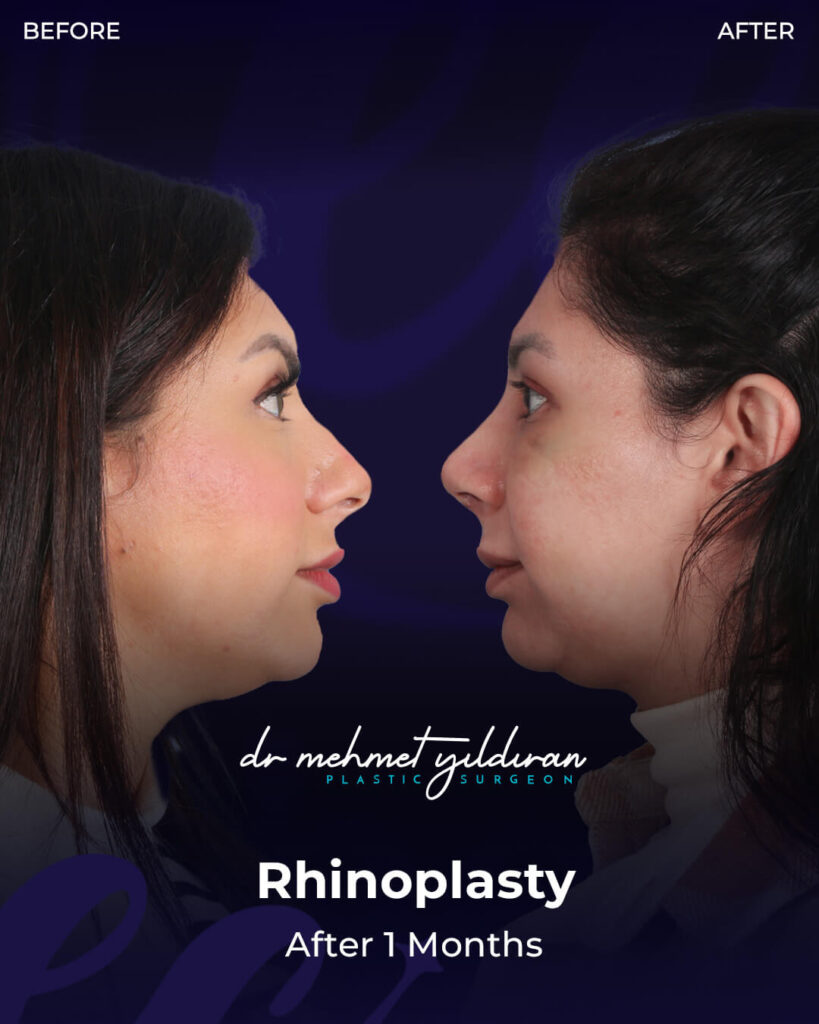
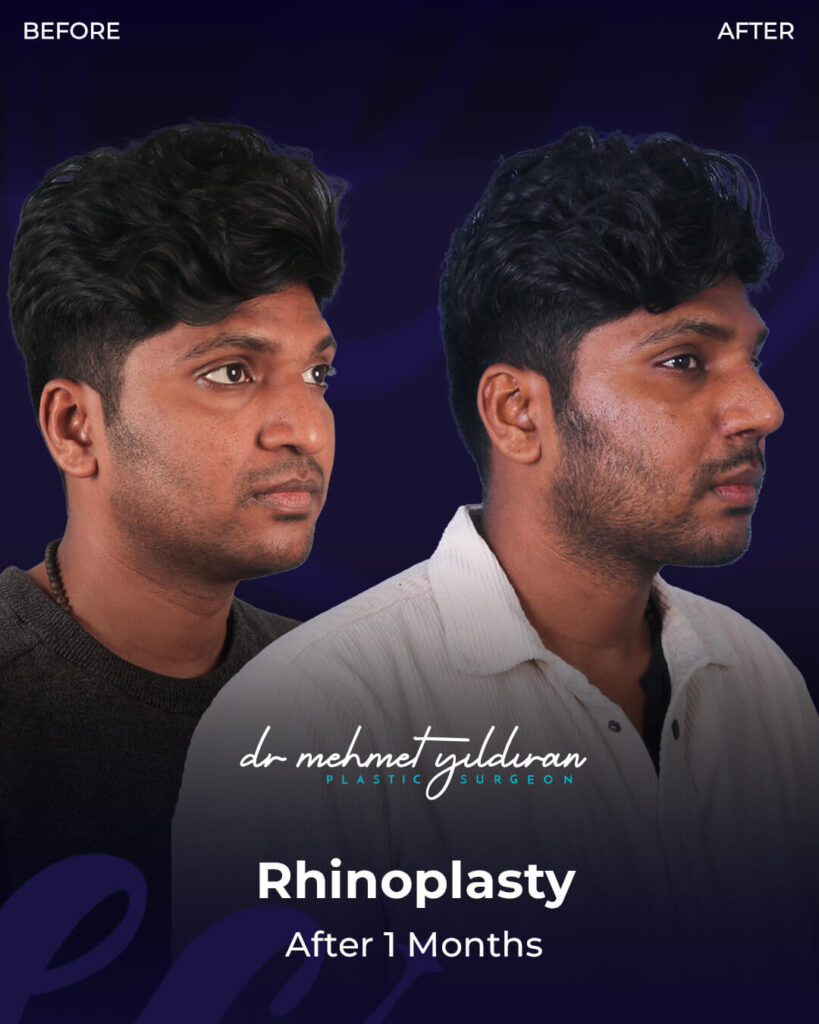

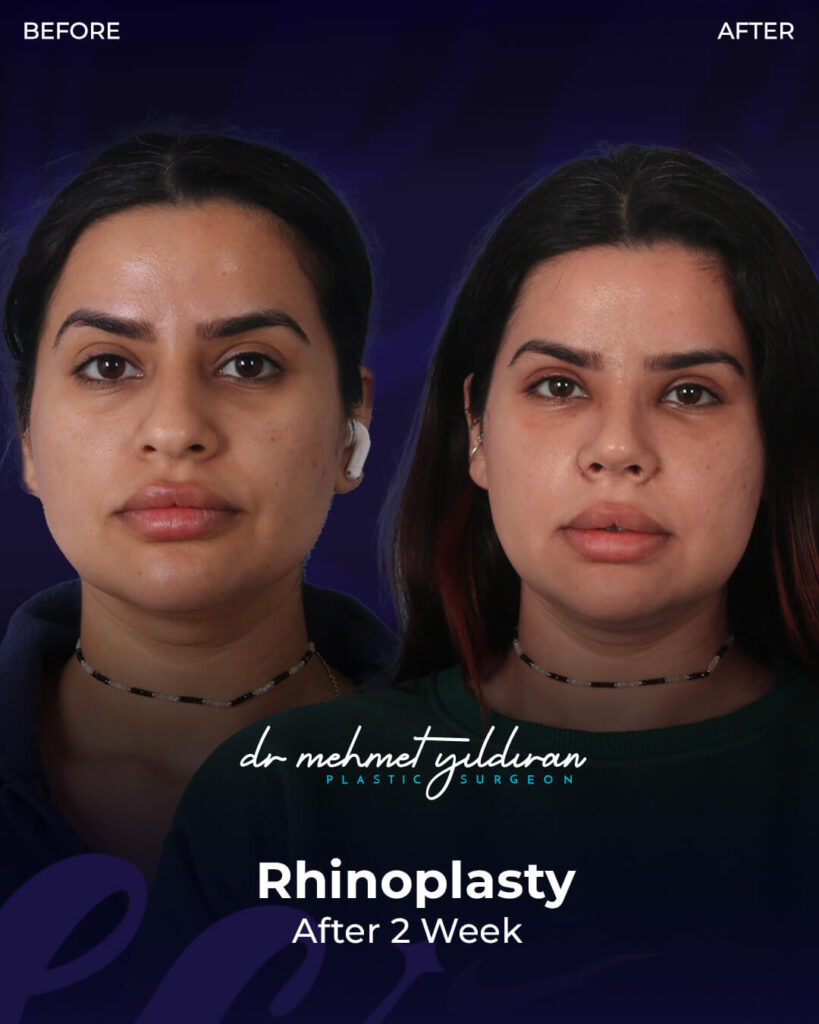
Conclusion
Rhinoplasty continues to be one of the most transformative cosmetic procedures available, with the potential to dramatically improve both appearance and function. Modern techniques offer more natural results with quicker recovery times than ever before.
Whether you’re considering rhinoplasty for aesthetic enhancement or functional improvement, thorough research, realistic expectations, and selecting a qualified surgeon are the keys to a successful outcome. With proper planning and aftercare, a nose job can provide lasting improvement in appearance and confidence.


